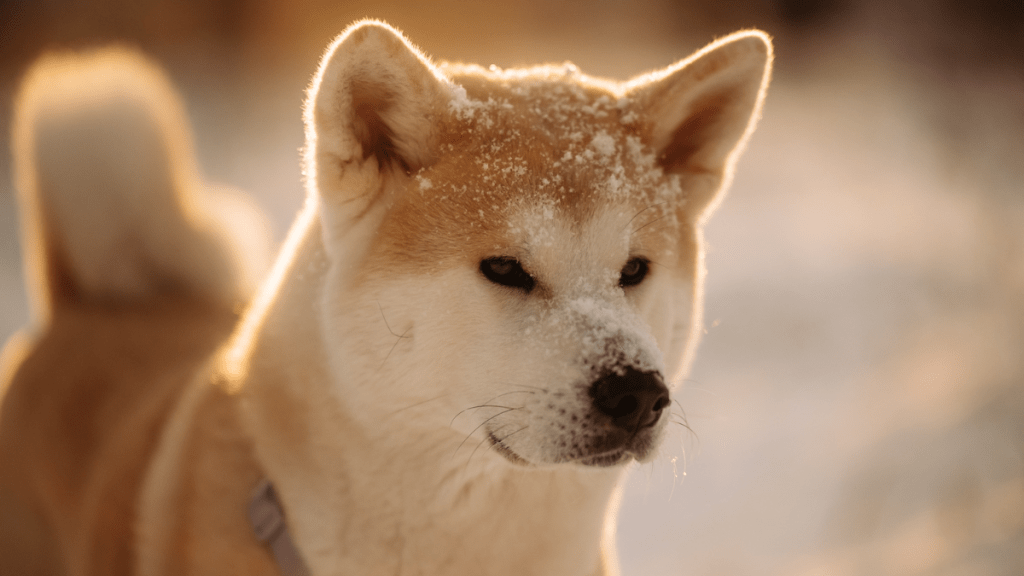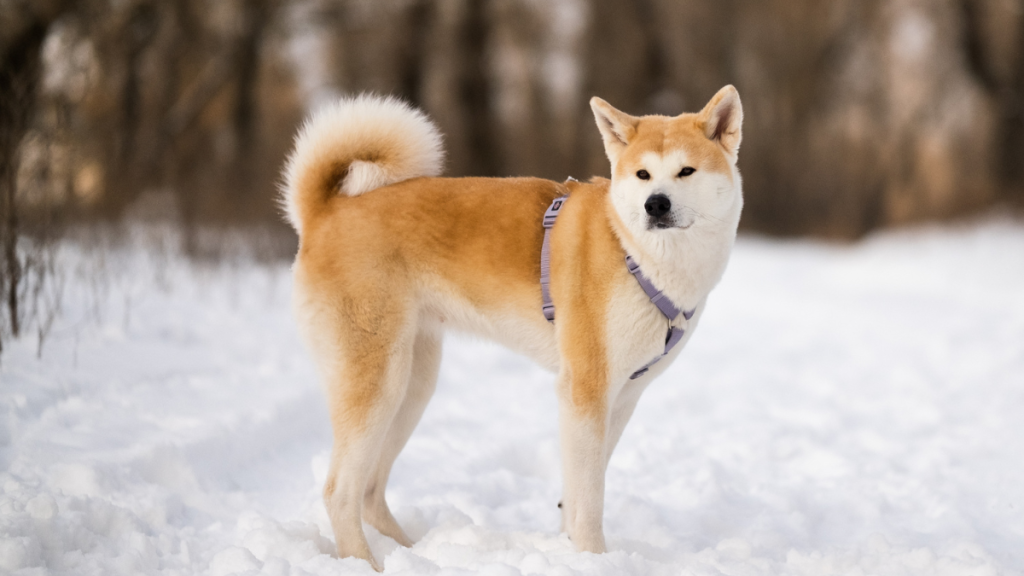The story of Hachi was based on a true tale of a pet pooch named Hachikō who lived in Japan from 1923 to 1935. Over the years, the Japanese dog has inspired many books, movies, art, and even poetry. He even has statues in Japan. Curious to know about Hachi’s dog breed and his story? Learn about it here.
What was Hachi’s dog breed?

Hachi was a Akita Inu dog. They are the national dog of Japan. This breed is courageous, loyal, and dignified, with great physical and mental agility. It’s also a symbol of good health, happiness, and long life. Their bushy, curly tails, pointy ears, and “sleepy” look make their physical characteristics different from other breeds, especially the American Akita.
Akitas are muscular, double-coated dogs and great family protectors. Despite being larger dogs that stand 24-28 inches tall, Akitas are humble and gentle pooches with deep affection towards their human family and are aloof with strangers. They are a very intelligent breed, but also have an independent and headstrong nature. Thus, they might not mix well with other dogs or pets.
This dog breed does not require much exercise and can adapt to any living situation easily, making them a good pet option for small houses as well. They can thrive well in cold climates as well. However, Akitas are prone to some health problems, including orthopedic problems, autoimmune diseases, bloat, cancer, progressive and retinal atrophy. Akitas weigh 70-130 pounds. On average, a healthy pooch of this breed has a lifespan of 10-14 years.
What is Hachi’s story?
Hachiko was born in November 1923 in Odate. The pooch was adopted by the Japanese agricultural scientist Hidesaburō Ueno within a year of his birth. It was his kids who added ‘Ko’ at the end, changing the name to Hachiko.
While going for work, Hidesaburō Ueno would take all three of his pet dogs to Shibuya station, where they would wait till evening for their master’s return. Despite being with his master for only 16 months, Hachiko developed a strong bond with his owner.
Sadly, Hidesaburō Ueno died on May 21, 1925. During the last rites, Hachiko crawled under Hidesaburō Ueno’s coffin and refused to move, showing his deep love and affecetion for his master. The pet pooch was later handed over to another family outside Shibuya.
But as per Hachiko’s biographer, Professor Mayumi Itoh, Hachiko ended up at Hidesaburō Ueno’s gardener, Kikusaburo Kobayashi’s place in the summer of 1925 and started visiting Shibuya station daily to greet his master. He waited for his beloved owner for nearly 9 years, 9 months, and 15 days.
Eventually, after an article in the Japanese daily, Tokyo Asahi Shimbun, in October 1932 Hachiko became a hero. Sadly, the beloved pup died on March 8, 1935, leaving the entire country in mourning. His ashes were buried alongside Hidesaburō Ueno at Aoyama Cemetery, finally reuniting with his master.
To honour his loyalty and affection towards Hidesaburō Ueno, a bronze statue of Hachiko still stands at Shibuya Station. His fur has been preserved, stuffed, and is on permanent display at the National Science Museum in Ueno, Tokyo.
This heart-touching incident inspired director Seijirō Kōyama to make Japanese film, Hachikō Monogatari in 1987. The movie was then remade as Hachi: A Dog’s Tale. In the American movie, professor Parker Wilson (played by Richard Gere) finds a dog lost on the railway station and brings him home. Soon their bond grows stronger, and he starts following his owner at the train station, waiting for him to return from work. Sadly, one day, Parker Wilson suffers a fatal stroke and collapses in his classroom. Despite this, Hachi waits for his master every day outside the station, eventually passing away at the same place.










